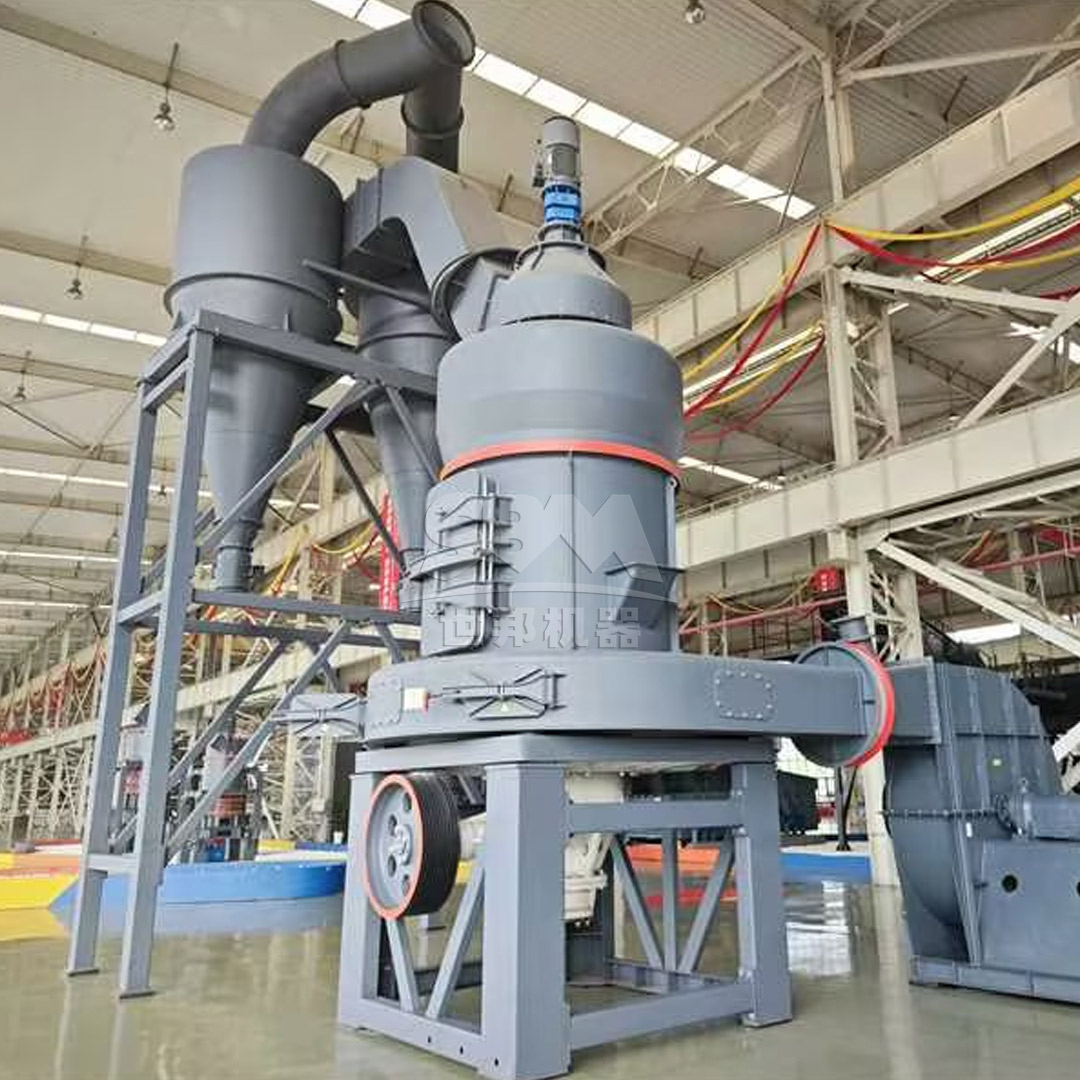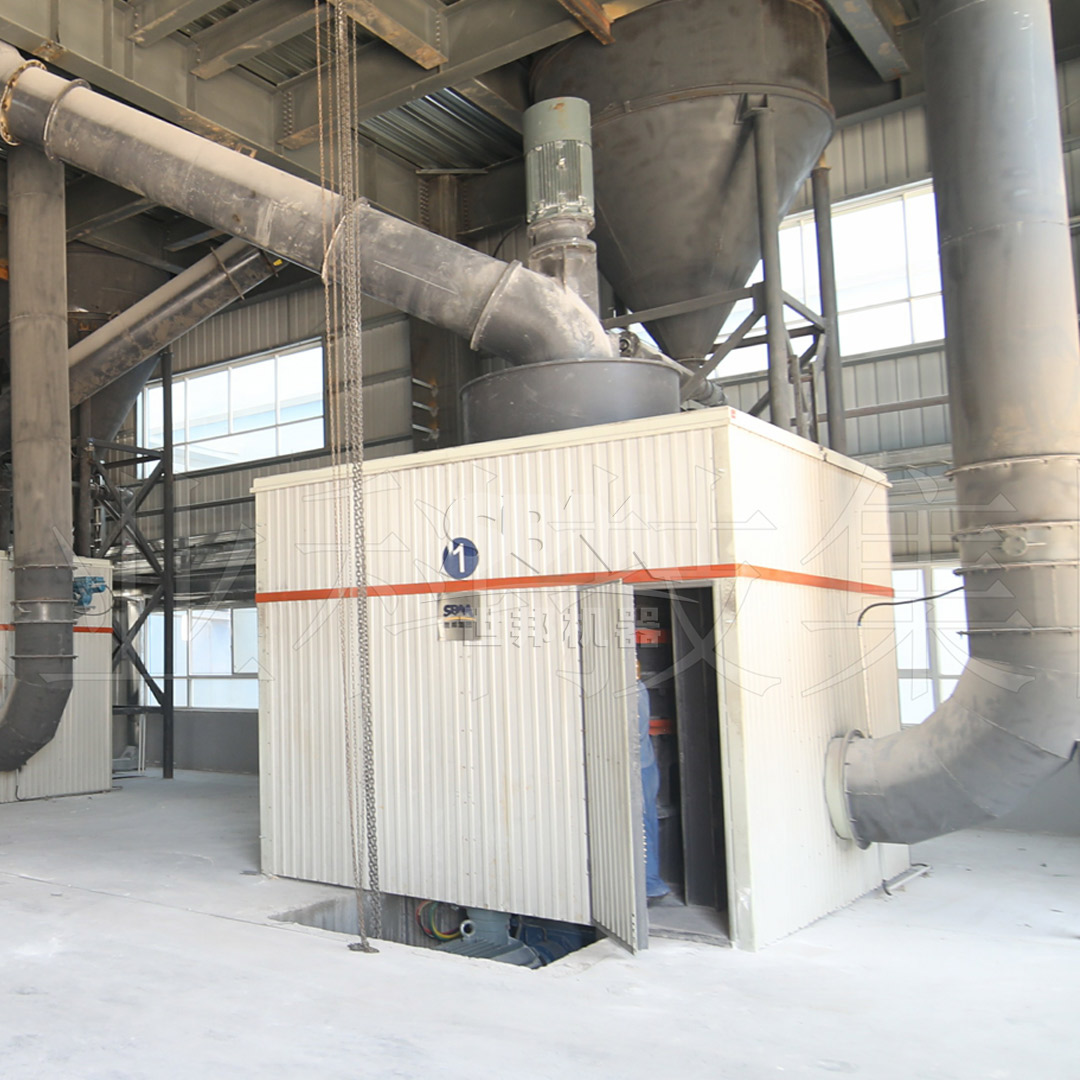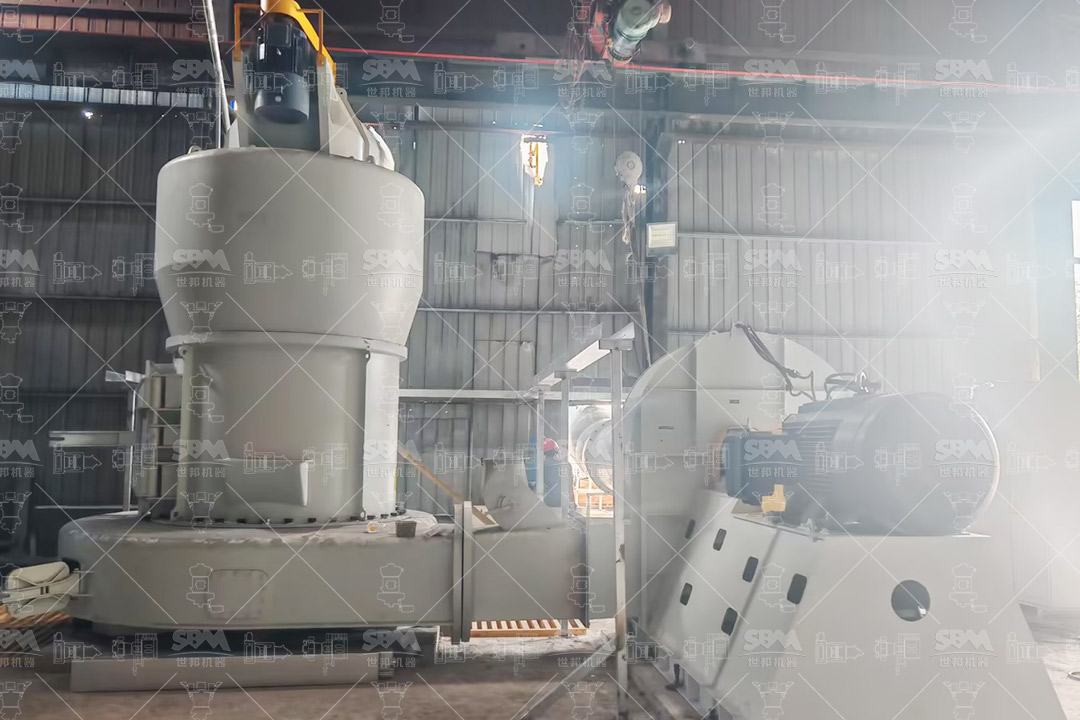The aerospace industry demands materials with exceptional properties to meet the rigorous requirements of modern aircraft and spacecraft components. Graphite, with its unique combination of thermal stability, electrical conductivity, and mechanical strength, has become an indispensable material in aerospace manufacturing. From thermal protection systems to electrical components and structural elements, high-purity graphite plays a critical role in ensuring the reliability and performance of aerospace systems.
However, the performance of graphite components is directly influenced by the quality of the raw material powder. The particle size distribution, purity, and morphological characteristics of graphite powder significantly impact the final properties of manufactured components. This makes the selection of appropriate grinding equipment absolutely crucial for aerospace applications where failure is not an option.

Aerospace applications impose stringent requirements on graphite powder that go beyond conventional industrial standards. The specific technical parameters necessary for aerospace-grade graphite include:
Uniform particle size distribution is critical for achieving consistent material properties in final components. For most aerospace applications, the D97 particle size should be below 5μm, with tight control over the entire distribution curve. This ensures proper packing density during compaction and uniform sintering behavior.
Contaminants in graphite powder can create weak points in critical components. Metallic impurities must be minimized to prevent localized thermal expansion mismatches and potential failure points under thermal cycling conditions common in aerospace environments.
The shape and surface characteristics of graphite particles influence flowability, compaction behavior, and the final microstructure of sintered components. Optimal morphology ensures proper alignment of graphite crystals, which directly affects thermal and electrical properties.
| Parameter | Aerospace Requirement | Standard Industrial Requirement |
|---|---|---|
| D97 Particle Size | ≤5μm | ≤45μm |
| Purity Level | ≥99.9% | ≥95% |
| Iron Content | ≤50ppm | ≤500ppm |
| Moisture Content | ≤0.5% | ≤2% |
For aerospace manufacturers requiring the highest quality graphite powder, our SCM Ultrafine Mill represents the pinnacle of grinding technology. Specifically engineered to meet the demanding requirements of advanced materials processing, this mill delivers unparalleled performance in graphite refinement.
The SCM Ultrafine Mill incorporates several groundbreaking technologies that make it particularly suitable for aerospace-grade graphite production:
High-Efficiency Grinding Mechanism: The mill features a unique multi-layer grinding ring design that creates multiple grinding zones within a single machine. This allows for progressive size reduction while minimizing heat generation – a critical factor when processing temperature-sensitive materials like graphite.
Precision Classification System: Equipped with a vertical turbine classifier that provides precise particle size control, the SCM mill ensures that no oversized particles contaminate the final product. The classification efficiency exceeds 95%, guaranteeing consistent product quality batch after batch.
Advanced Material Compatibility: All contact parts are manufactured from specialized materials that prevent contamination of the graphite powder. The grinding rollers and rings utilize wear-resistant ceramics or specialized steel alloys with surface treatments that minimize iron introduction.

The SCM series offers multiple configurations to match production requirements while maintaining the stringent quality standards demanded by aerospace applications:
| Model | Processing Capacity (ton/h) | Main Motor Power (kW) | Output Fineness (mesh) | Recommended Application |
|---|---|---|---|---|
| SCM800 | 0.5-4.5 | 75 | 325-2500 | R&D and Small Batch Production |
| SCM1000 | 1.0-8.5 | 132 | 325-2500 | Medium Scale Production |
| SCM1250 | 2.5-14 | 185 | 325-2500 | Full-Scale Manufacturing |
| SCM1680 | 5.0-25 | 315 | 325-2500 | High-Volume Production |
For applications requiring even finer control or specialized graphite morphologies, our LUM Ultrafine Vertical Mill provides an excellent alternative. This advanced grinding system incorporates several unique features that make it particularly suitable for specialized aerospace graphite requirements.
Multi-Rotor Classification Technology: The LUM mill employs an innovative multi-rotor classification system that enables precise control over particle size distribution. This technology allows manufacturers to tailor the powder characteristics to specific application requirements.
Intelligent Control System: Equipped with a comprehensive PLC-based automation system, the LUM mill maintains consistent operating parameters regardless of variations in feed material characteristics. This ensures product consistency – a critical requirement for aerospace quality standards.
Environmental Compatibility: The fully sealed negative pressure operation prevents any dust leakage, maintaining the purity of the working environment and the product. This feature is particularly important when processing high-value aerospace materials.
| Model | Host Power (kW) | Processing Capacity (t/h) | D97 Particle Size (μm) | Special Features |
|---|---|---|---|---|
| LUM1525 | 220-250 | 1.6-11.5 | 5-30 | Compact Footprint |
| LUM1632 | 280-315 | 2-13.5 | 5-30 | Enhanced Classification |
| LUM1836 | 355-400 | 2.3-15 | 5-30 | Maximum Flexibility |
The selection of appropriate grinding technology provides significant operational benefits for aerospace component manufacturers:
Modern ultrafine grinding mills maintain tight control over product specifications, ensuring that every batch of graphite powder meets the exacting standards required for aerospace applications. The automated control systems continuously monitor and adjust operating parameters to compensate for any variations in feed material or environmental conditions.
While the initial investment in advanced grinding technology may be higher than conventional systems, the long-term economic benefits are substantial. The SCM Ultrafine Mill, for example, offers energy consumption reductions of up to 30% compared to traditional jet mills, while providing twice the production capacity. This combination of higher throughput and lower operating costs delivers a rapid return on investment.
Aerospace manufacturers operate under strict environmental regulations. Our grinding systems are designed with comprehensive environmental protection features, including pulse dust collection systems that exceed international standards and noise reduction technologies that maintain operational noise below 75dB.

Successfully integrating advanced grinding technology into aerospace manufacturing operations requires careful planning and consideration of several key factors:
Modern ultrafine grinding mills have specific requirements for installation space, utility connections, and material handling systems. Proper facility planning ensures optimal operation and minimizes potential disruptions to production schedules.
The grinding system should be integrated with the manufacturer’s quality management system, with appropriate sampling points and monitoring capabilities to ensure continuous compliance with aerospace quality standards.
Comprehensive technical support and maintenance services are essential for maintaining consistent product quality and minimizing downtime. Our company provides complete service packages including operator training, preventive maintenance programs, and rapid response technical support.
The aerospace industry continues to evolve, with emerging trends that will influence graphite processing requirements in the coming years:
The growing adoption of additive manufacturing for aerospace components creates new requirements for graphite powder characteristics. Specific particle size distributions and flow properties are necessary for successful application in 3D printing processes.
Graphite is increasingly being used as a component in advanced composite materials. The processing requirements for these applications often differ from traditional graphite components, necessitating even tighter control over powder characteristics.
Aerospace manufacturers are placing increased emphasis on sustainable manufacturing practices. Modern grinding technologies contribute to these initiatives through reduced energy consumption, minimal waste generation, and compliance with environmental regulations.
The production of high-performance aerospace components requires graphite powder of exceptional quality with consistent characteristics. Advanced grinding technologies, particularly our SCM Ultrafine Mill and LUM Ultrafine Vertical Mill, provide the precision, efficiency, and reliability necessary to meet these demanding requirements. By selecting appropriate grinding equipment and implementing proper processing protocols, aerospace manufacturers can ensure the quality and performance of their graphite-based components while optimizing production economics.
As the aerospace industry continues to advance, the role of specialized grinding technology will become increasingly important. Manufacturers who invest in the right processing equipment today will be well-positioned to meet the challenges and opportunities of tomorrow’s aerospace market.